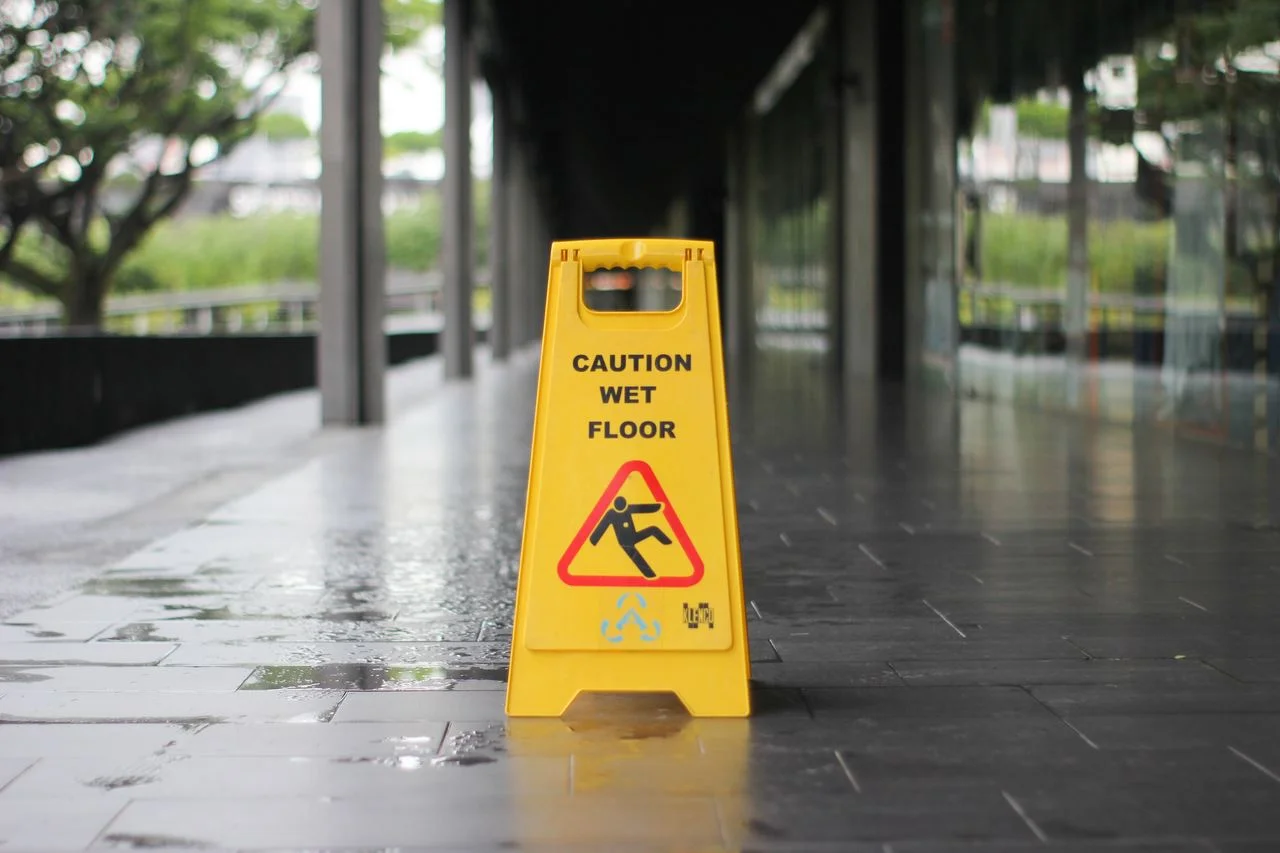Mitigating Slip and Fall Risks: Practical Advice for Property Owners in Georgia

Slip and fall accidents can occur on any property, posing risks to visitors, employees, and customers alike. As a property owner in Georgia, it’s essential to take proactive measures to prevent these accidents and protect individuals from harm. Here are some practical tips to help you reduce slip and fall risks on your premises.
1. Maintain Clean and Dry Surfaces
Regularly inspect walkways, floors, and other surfaces for spills, leaks, or debris that could pose slip hazards. Promptly clean up spills and address leaks to prevent water accumulation. Use absorbent mats or non-slip rugs in areas prone to moisture, such as entryways or kitchens, to provide traction and minimize slip risks.
2. Ensure Adequate Lighting
Proper lighting is essential for visibility and hazard detection, especially in dimly lit areas or during nighttime hours. Install bright, evenly distributed lighting fixtures along pathways, stairwells, and parking lots to illuminate potential hazards and guide pedestrians safely. Replace burnt-out bulbs promptly to maintain optimal lighting conditions.
3. Repair Damaged Surfaces Promptly
Address any defects or hazards in flooring, sidewalks, or parking lots as soon as they’re identified. Repair cracked or uneven surfaces, loose tiles, or damaged pavement to prevent trips and falls. Implement a regular maintenance schedule to inspect and address wear and tear on walking surfaces, ensuring a safe environment for pedestrians.
4. Install Handrails and Guardrails
Handrails and guardrails provide support and stability for individuals navigating staircases, ramps, or elevated platforms. Ensure that handrails are securely fastened and meet height and grip requirements outlined in building codes and accessibility standards. Install guardrails along edges and elevated walkways to prevent falls and protect against accidental slips.
5. Clear Walkways and Remove Obstacles
Keep walkways, aisles, and corridors clear of clutter, obstacles, or obstructions that could impede pedestrian traffic or pose tripping hazards. Encourage proper storage practices to prevent items from spilling into pathways or blocking emergency exits. Maintain clear sightlines and remove low-hanging obstacles to minimize the risk of head injuries.
6. Provide Adequate Signage
Use signage to alert individuals to potential hazards, such as wet floors, uneven surfaces, or areas under maintenance. Place warning signs or cones in conspicuous locations to notify pedestrians of temporary hazards or restricted areas. Ensure that signage is clear, visible, and placed at appropriate heights to convey important safety information effectively.
7. Train Staff on Safety Protocols
Educate employees on proper safety protocols and procedures for hazard identification, reporting, and response. Provide training on safe lifting techniques, spill cleanup procedures, and emergency response protocols to empower staff to mitigate risks and respond effectively to accidents or incidents.
Conclusion
As a property owner in Georgia, minimizing slip and fall risks is essential for maintaining a safe environment and protecting individuals from injury. By implementing proactive measures such as maintaining clean and dry surfaces, ensuring adequate lighting, repairing damaged areas promptly, and providing clear signage, you can reduce the likelihood of slip and fall accidents on your premises. Prioritize safety, invest in preventive measures, and stay vigilant in identifying and addressing potential hazards to create a secure environment for all who visit or work on your property.
